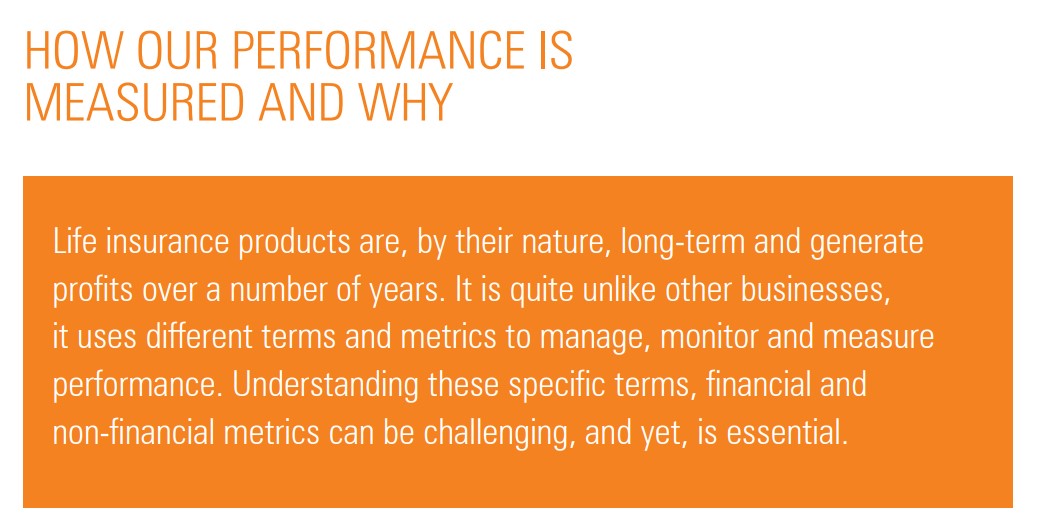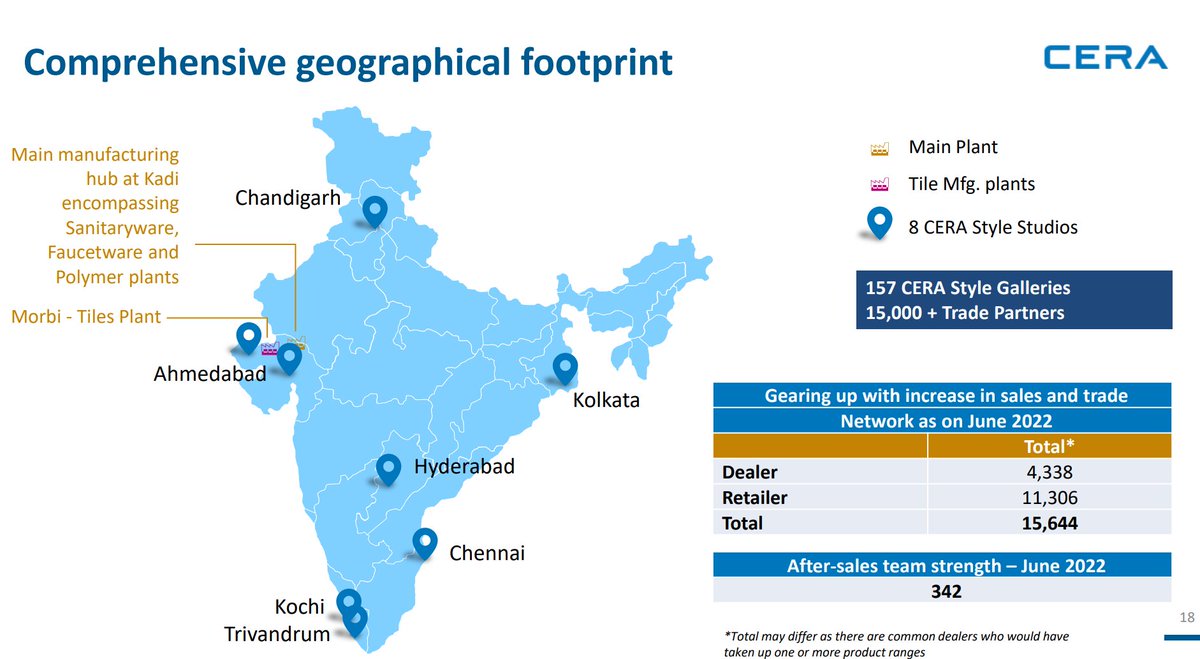
A journal of the things I read/learn regarding businesses & investing (Caveat Emptor). Standing on the shoulder of giants.
How to get URL link on X (Twitter) App


 The two ways cos inflate accounting profits:
The two ways cos inflate accounting profits:



 IND AS 115 deals with revenue recognition from long-term contracts with clients. The technical definition:
IND AS 115 deals with revenue recognition from long-term contracts with clients. The technical definition:
 PE ratio might not be a good approach.
PE ratio might not be a good approach.


 - Becoming a truly backward integrated player: MIBC MIBK (40K TPA and 8K TPA respectively and finds application in cosmetics, paints, etc.), and IPA are derivatives of acetone. The company will consume 80% of the acetone that it manufactures. Deepak is aiming for import
- Becoming a truly backward integrated player: MIBC MIBK (40K TPA and 8K TPA respectively and finds application in cosmetics, paints, etc.), and IPA are derivatives of acetone. The company will consume 80% of the acetone that it manufactures. Deepak is aiming for import

 expertise in certain molecules. The demand-supply dynamics are different for different molecules. Thus, it is important to know what's happening with each molecule/drug on a granular level. Let us start with a molecule called Levetiracetam. Yesterday I came across an adverse
expertise in certain molecules. The demand-supply dynamics are different for different molecules. Thus, it is important to know what's happening with each molecule/drug on a granular level. Let us start with a molecule called Levetiracetam. Yesterday I came across an adverse
 category. Let us take the example of the matrimony players. Case in point: Matrimony.com. This firm has been operational for about 15-17 years now but still struggles to reach the tipping point. What do I mean by tipping point? It is the point where the platform is
category. Let us take the example of the matrimony players. Case in point: Matrimony.com. This firm has been operational for about 15-17 years now but still struggles to reach the tipping point. What do I mean by tipping point? It is the point where the platform is

 If the firm makes a high return on its capital, but is not able to find reinvestment opportunities to deploy it in, ultimately the cash flow growth is subdued as well. "G" is the growth rate in cash flows, RR is reinvestment rate and ROIC is return on capital. (Comus investments)
If the firm makes a high return on its capital, but is not able to find reinvestment opportunities to deploy it in, ultimately the cash flow growth is subdued as well. "G" is the growth rate in cash flows, RR is reinvestment rate and ROIC is return on capital. (Comus investments) 

 First comes Divis Labs, who did not decide to go into formulations. The value chain in pharma starts at the KSM (key starting material) and ends at formulations. Divis is into manufacturing generic APIs & custom synthesis, which is like the raw material for formulators.
First comes Divis Labs, who did not decide to go into formulations. The value chain in pharma starts at the KSM (key starting material) and ends at formulations. Divis is into manufacturing generic APIs & custom synthesis, which is like the raw material for formulators.

 Before we proceed further, i know there are some people who are new to these terms. Please refer to some of my write-ups, attaching the link below. I will come up with detailed write-ups soon.
Before we proceed further, i know there are some people who are new to these terms. Please refer to some of my write-ups, attaching the link below. I will come up with detailed write-ups soon.https://twitter.com/ShubhamBiswal18/status/1593630905192820736?t=fJHkE05889uP5l3-vKMkEg&s=19
https://twitter.com/ShubhamBiswal18/status/1530878099994603521?s=20&t=gxGuZcG0d41fS2JcWHyE8A

 First, let us understand what debt & debt/equity really means for a firm. Usually a firm takes long term & short term debt to finance its short term operations (wc) or to fund its long term projects (setting up fixed assets). However, debt beyond a point can get harmful.
First, let us understand what debt & debt/equity really means for a firm. Usually a firm takes long term & short term debt to finance its short term operations (wc) or to fund its long term projects (setting up fixed assets). However, debt beyond a point can get harmful. 

 Gujarat accounts for about 32% of natural gas consumed in our country. Source: gidb.org/gas-current-sc… (Image attached below)
Gujarat accounts for about 32% of natural gas consumed in our country. Source: gidb.org/gas-current-sc… (Image attached below)


https://twitter.com/ShubhamBiswal18/status/1587420767364722689?s=20&t=idn6OxcHCu67vVw738hzIQ
https://twitter.com/ShubhamBiswal18/status/1587807480389959680?s=20&t=idn6OxcHCu67vVw738hzIQ
https://twitter.com/ShubhamBiswal18/status/1587066208733757441?s=20&t=idn6OxcHCu67vVw738hzIQ

 Things have changed for me. I realized some stocks are just not worth holding at obnoxious valuations if they are not able to keep up the earning growth rates & their margins. If there are cheaper alternatives, I would rather exit and go for them. As Benjamin Graham says - 2/n
Things have changed for me. I realized some stocks are just not worth holding at obnoxious valuations if they are not able to keep up the earning growth rates & their margins. If there are cheaper alternatives, I would rather exit and go for them. As Benjamin Graham says - 2/n 

 Basically, price/sales is another valuation metric. It simply means the price you are willing to pay to acquire the firm, for every rupee of sales done. So simply put if p/s for a firm is 1, I am paying 10rs for every rupee of sales done. However there is a problem. 2/n
Basically, price/sales is another valuation metric. It simply means the price you are willing to pay to acquire the firm, for every rupee of sales done. So simply put if p/s for a firm is 1, I am paying 10rs for every rupee of sales done. However there is a problem. 2/n 

https://twitter.com/ShubhamBiswal18/status/1530495424834207745Remember this "capital employed" Is the money employed for buying the raw materials, for funding capex growth etc. So in a way this doesn't show much about the value addition that a company does to its raw materials (which operating/ebit margins does).